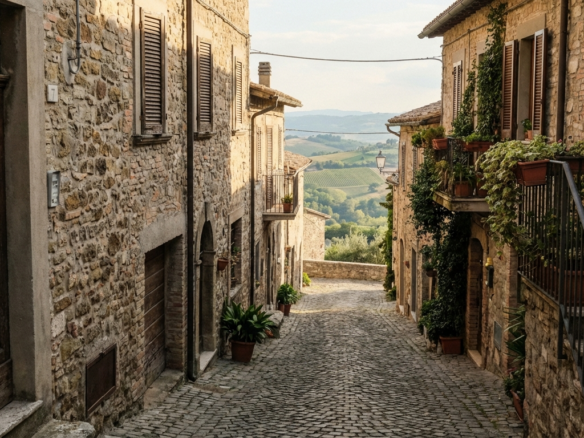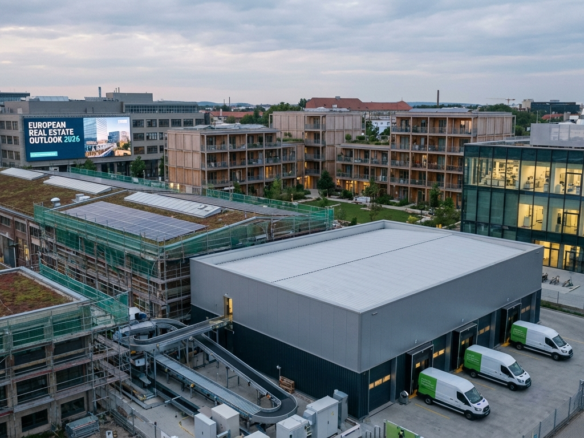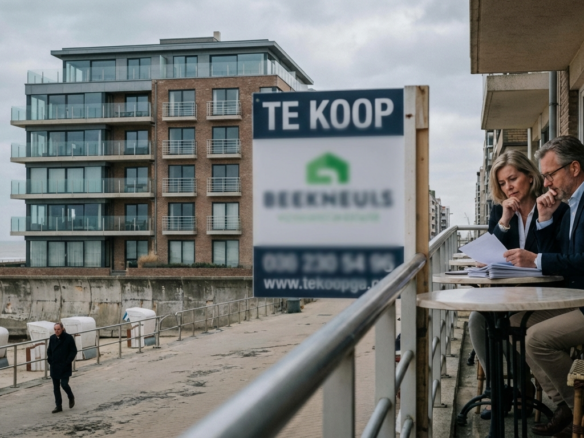The European Union has long been a magnet for travelers, with its rich history, diverse cultures, and iconic landmarks drawing millions of visitors each year. But in recent times, the hospitality sector has experienced unprecedented growth, fueled by a post-pandemic travel rebound and a shift in how people experience destinations. This surge is not just filling hotel rooms; it’s also transforming real estate markets across the continent. From bustling city centers to tranquil coastal towns, the ripple effects of this hospitality boom are being felt in property values, investment opportunities, and urban development. In this article, we’ll explore how the rise of tourism and hospitality is reshaping real estate in the EU, and what it means for investors, homeowners, and industry professionals alike.
Get 50% OFF!
Subscribe to our newsletter and enjoy a 50% discount on all listing packages, no strings attached!

The Hospitality Sector’s Meteoric Rise: A Snapshot of Europe’s Tourism Landscape
Before diving into the real estate implications, it’s worth getting a handle on just how big this hospitality surge has become. According to Eurostat, the EU welcomed over 500 million international tourists in 2023, a solid 15% jump from pre-pandemic highs. What’s driving this? A mix of pent-up wanderlust after years of lockdowns, the explosion of short-term rentals, and travelers craving more authentic, experience-driven trips. Sure, Paris, Barcelona, and Rome still top the list, but places like Porto in Portugal or Gdańsk in Poland are stepping into the spotlight, thanks to better transport links and clever tourism campaigns.
Hotels are cashing in, no doubt, but so are hostels and alternative stays. The European Hotel Investment Survey noted a 20% uptick in hotel deals in 2023, with investors jumping at the chance to ride this wave. And it’s not just about beds anymore. Modern travelers want unique vibes, local flavor, and Instagram-worthy spaces, which is pushing the hospitality sector to rethink how properties are built and run. That shift? It’s shaking up the real estate scene in some pretty fascinating ways.
From Hotel Rooms to Real Estate: The Direct Impact on Property Markets
So, how does all this tourism buzz translate to bricks and mortar? For starters, there’s a mad dash for properties that can flip into hospitality goldmines. In cities like Lisbon and Amsterdam, investors are scooping up old residential blocks to turn them into boutique hotels or swanky serviced apartments. The result? Property prices in these hot zones are climbing fast, leaving locals scratching their heads over where to live affordably.
It’s not just homes getting a makeover, though. Commercial spaces are shifting too. In tourist-heavy spots, retail units are morphing into cafes, bistros, or quirky pop-up shops tailored to visitors. Take Barcelona’s Gothic Quarter: once a mix of local stores, it’s now a maze of tapas joints and trinket stalls. That can juice up property values, sure, but it also sparks debates about whether these areas are losing their soul to the tourist trade.
Then there’s the rise of mixed-use projects, blending hospitality with residential and retail vibes. Think of Berlin’s Alexanderplatz, where a shiny new development promises a luxe hotel, upscale flats, and a shopping arcade, all steps from the city’s big draws. These setups aim to keep tourists and locals happy together, boosting an area’s long-term appeal for investors and residents alike.
Regional Variations: How Different EU Markets Are Responding
The hospitality boom isn’t hitting every corner of the EU the same way. Down south, where tourism is practically the lifeblood, the impact’s huge. In Greece, islands like Santorini and Mykonos are seeing property prices soar as vacation homes and rentals can’t keep up with demand. The Bank of Greece pegged a 12% price hike in these spots for 2023, way above the country’s 7% average.
Up north, things are calmer. Sweden and Denmark pull in tourists, no question, but cities like Stockholm and Copenhagen lean hard on rules to keep housing for locals intact. Copenhagen’s city council, for instance, has cracked down on short-term rentals to stop the market from tipping too far toward visitors. It’s a juggling act: boost tourism, but don’t leave residents out in the cold.
Meanwhile, Central and Eastern Europe are the new kids on the block. Poland and Hungary are cashing in on their history and cheaper property tags. Budapest’s hotel room count jumped 25% in five years, often in revamped old buildings that were just gathering dust. It’s breathing life into cities and giving real estate folks fresh turf to play on.
Case Studies: Real-World Examples of Hospitality-Driven Real Estate Transformation
Let’s zoom in on a couple of places to see this in action.
Case Study 1: Porto, Portugal, A Tale of Revitalization and Gentrification
Porto’s gone from a quiet industrial town to a UNESCO darling, pulling in travelers who want the real deal. That glow-up’s flipped its real estate market on its head. The Portuguese National Statistics Institute says property prices in Porto’s old town spiked over 40% from 2018 to 2023. Why? Buildings are turning into boutique stays and Airbnbs left and right.
In spots like Ribeira, you can’t walk a block without hitting a tourist pad. It’s great for the economy and lures big investors, but locals are feeling pushed out. The city’s fighting back with rental caps in some zones, trying to keep the charm without losing its people.
Case Study 2: Vienna, Austria, Sustainable Hospitality Meets Urban Development
Vienna’s playing it smart. The Magdas Hotel, a cool social project, hires refugees and turned an old building into a buzzing spot that ties into the community. On a bigger scale, the Aspern Seestadt district’s blending green hotels and rentals into a sustainable urban plan. It’s a win-win: tourists get a place to crash, and the city keeps its eco cred.
Looking Ahead: What the Future Holds for Hospitality and Real Estate in the EU
The hospitality-real estate dance isn’t slowing down anytime soon. “Bleisure” travel’s picking up, mixing work and play, which could mean more demand for tricked-out apartments in cities like Frankfurt or Milan. Sustainability’s also big, with the EU’s green goals pushing for eco-friendly builds that could redefine hospitality spaces.
But it’s not all smooth sailing. Overcrowding’s a headache in places like Venice, where tourist taxes and caps are popping up. That could cool off some markets and shift focus to quieter corners. Investors will need to stay sharp to catch the next wave.
Conclusion
Europe’s hospitality boom isn’t just a blip; it’s rewriting the real estate playbook. It’s pumping up property values, sparking clever developments, and challenging cities to adapt. For investors, it’s a goldmine if you pick the right spots. For leaders, it’s about threading the needle between tourist bucks and livable cities. And for anyone in the real estate game, it’s a call to keep an eye on how these trends unfold across the EU. As the continent keeps opening its doors, the way we live, work, and invest in its spaces is evolving right along with it. Pretty exciting stuff, if you ask me.





Join The Discussion